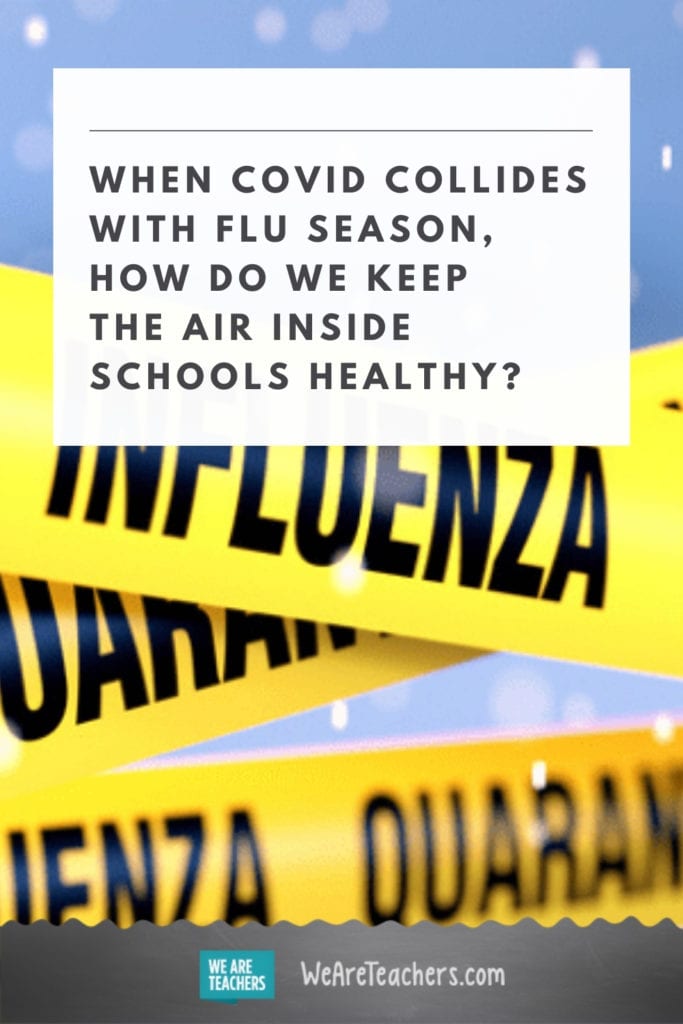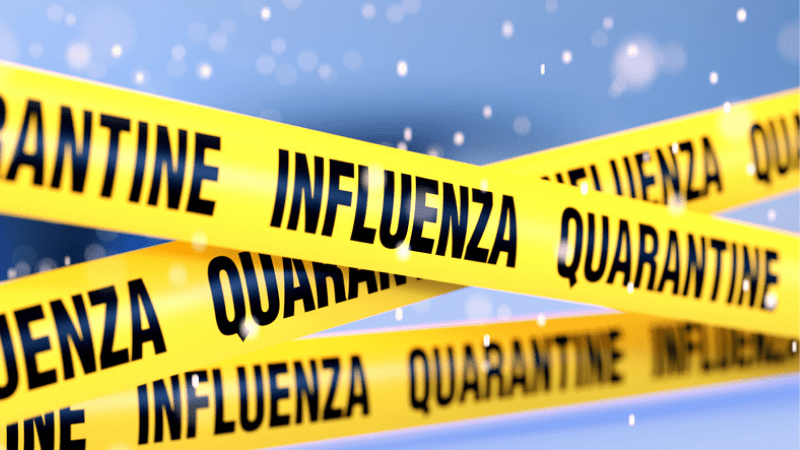Frequent hand-washing and use of sanitizing wipes and sprays to disinfect shared surfaces and supplies might have been enough to survive cold and flu season in the past. But this year is a double whammy. Whether students are currently learning in classrooms, or they will return at some point in the coming months, many schools are wondering how to step-up hygiene solutions amidst a raging pandemic this winter.
The answer may be air purification. In other words, cleaning the air we share.
Masks help, but we still share the same air.
We know that COVID-19 easily spreads through respiratory droplets from coughing, sneezing, talking, or singing. Long-range airborne transmission is less common than direct contact with droplets, yet new studies show that infection is still 15 to 20 times more likely indoors than outdoors.
Masks and social distancing help reduce the spread of germs, but students and staff still share the same air when they’re together inside classrooms for many hours during the day.
Circulating air is not the same as cleaning it.
Increasing air circulation is a good place to start. Since COVID-19 particles can live in the air for up to several hours , opening a window or door helps move those droplets through and out of the classroom.
But circulation is not the same as purifying the air.
Schools need to properly ventilate AND clean the air inside classrooms.
How to find the right air purifier for schools.
Air purification should also be part of an effective school hygiene strategy. Air purifiers provide maximum protection all year long—not just when it’s too cold to open the windows.
A new report published by Harvard T.H. Chan School of Public Health recommends using air purifiers to scrub pesky viral droplets out of the air.
Harvard’s guidance states, “For improving indoor air quality in the classroom, we recommend prioritizing control strategies — ventilation, filtration, supplemental air cleaning — and targeting a combined 4-6 air changes per hour (ACH) for classrooms through any combination of these approaches.”
However, not all purifiers are the same. You’ll want a filter that either meets or exceeds ratings by the American Society of Heating, Refrigerating and Air-Conditioning Engineers (ASHRAE). MERV-13 filters meet the bare minimum. However, HEPA filters come with an exceptional filtration quality that beats what most school systems currently have in place.
For instance, AeraMax Pro commercial grade air purifiers use a four-stage filtration process and have True HEPA filters that capture 99.97% of all airborne contaminants, including airborne viruses. These air purifiers for schools also prove effective in reducing airborne concentrations of influenza A (H1N1) aerosol. In lab tests, the virus reduced by 99.9% within only 35 minutes of turning on the Aeramax Pro unit.
Are air purifiers the right solution for your school?
Get your school or district COVID-ready this cold and flu season. For the past 10 years, Fellowes has helped both large districts and small schools find proactive air purification solutions. Their AeraMax Pro air purifiers have been installed in more than 300 schools across the country to help keep hundreds of thousands of students and staff healthy by cleaning the air they share.


